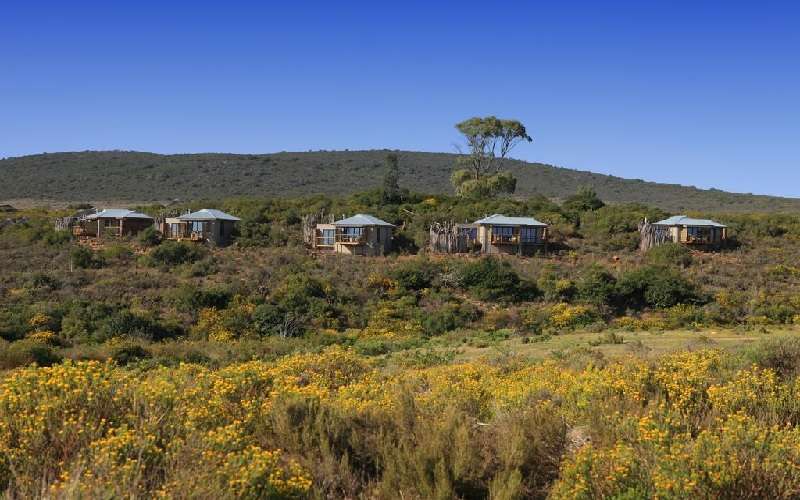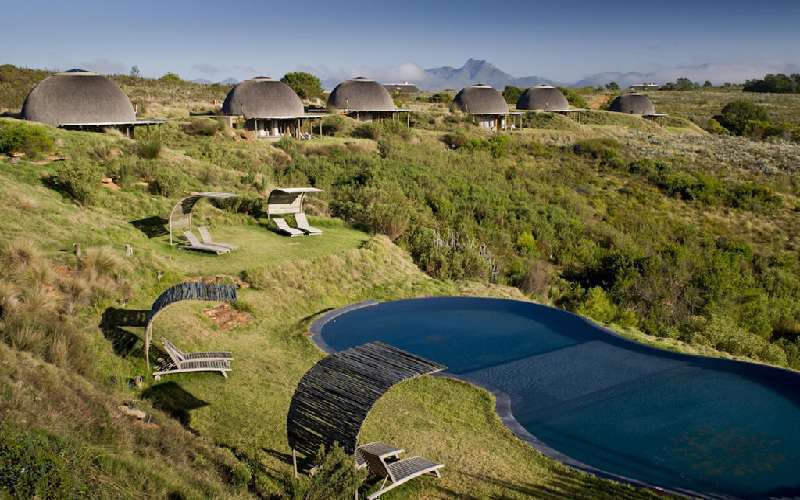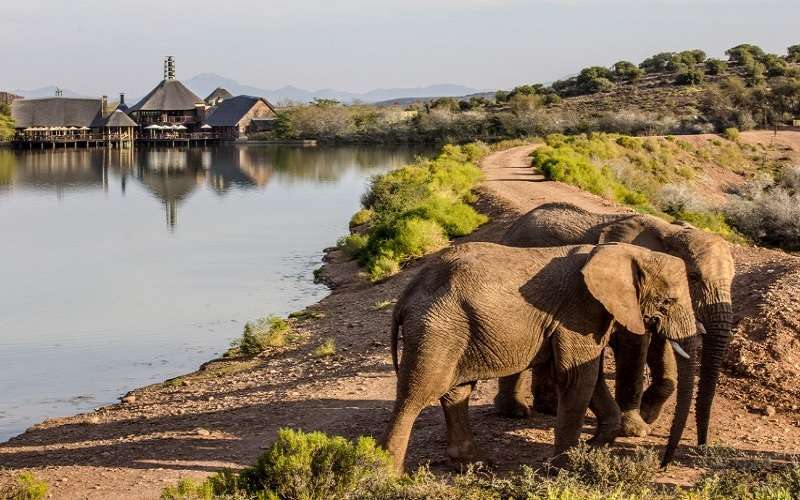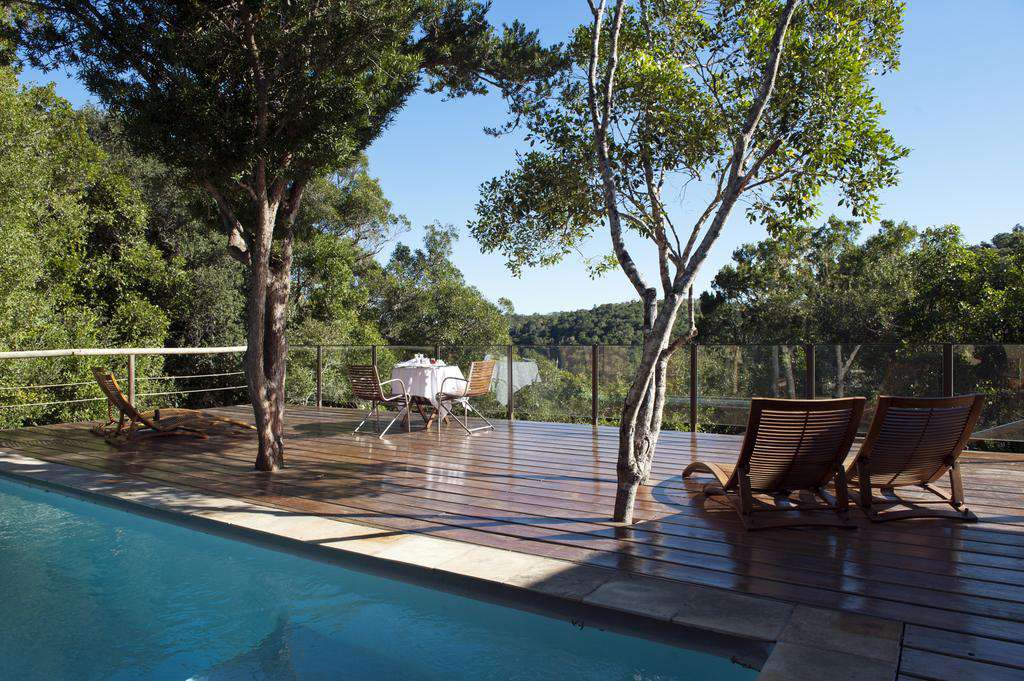Mossel Bay to the Storms River, a chain of bays, beaches, cliffs and rocky capes along the pounding white surf of the Indian Ocean. The Garden Route stretches from George to Port Elizabeth along South Africa’s Western coast. It is 227 kilometres of coastline is a region of eternal freshness and greenery.
Getting its name from the profusion of flowers near the Great Brak River, the Garden Route is an area with numerous forest and coastal sanctuaries. The flowers grow here in millions, the mixture of pleasant scents which arises from them, their colour, their variety combined with the fresh air provides a beautiful and unique place. One of these parks is the Bontebok National Park, which is home to several species of antelope and a large, varied population of birds. The Tsitsikamma and Knysna forest provides hikers with the unspoilt wilderness of tree-cloaked mountains.
Due to its diversity in landscapes featuring long beaches and rugged mountain passes, as well as the great variety of hotels, golf estates, guest houses and lodges, it has become one of the most visited regions in South Africa.
WILDERNESS NATIONAL PARK
The Wilderness National Park was proclaimed in 1983 as South Africa’s first National Lake Area. This National Park is a unique wetland system, which creates an interconnected web of rivers, vlei and fan which covers 10 600 hectares. The Wilderness National Park stretches from the picturesque small town of Wilderness eastwards up the coast to as far as the Goukamma Nature Reserve. The park features several lakes as all well as long stretches of rocky coastline.
The wetlands in the Wilderness National Park are home to thousands of weaver birds. Four kingfisher species are found here including the giant kingfisher. Bird hides at Langvlei, Swartvlei and Rondevlei, can be found.
KNYSNA NATIONAL LAKE AREA
The 15 000 ha Knysna lagoon is a region of unsurpassed beauty and character. Rocky bastions of the picturesque Knysna Heads dominate the Knysna National Lake Area. The Knysna National Lake Area is South Africa’s second national lake area with Wilderness National Park being the first. The Knysna lagoon is characterised by sandbanks, reed beds and salt marshes. One of the fascinating animals found here is the endangered Knysna seahorse.
ANIMALS & BIRDS
The endangered Knysna seahorse, which clings on to plants with its tail and changes colour to match its surroundings, is home in the Knysna Lagoon. Timid and vulnerable to predators, the seahorse seldom swims free but is usually found hiding among the plant life or tidal reaches. It uses its prehensile tail as an anchor. Like a chameleon, its eyes work independently of each other and therefore provide all-around vision.
Whales and dolphins are regular visitors along the entire Garden Route coastline from August to November every year. More than 200 species of fish are found in the lagoon. Oysters, of which Knysna is the primary supplier, exist in large numbers. Divers encounter innumerable forms of marine life, and the lake has recently become a trendy place for recreational sports such as windsurfing.
Several private game reserves along the Garden Route are being established who are introducing game such as elephants, zebra, wildebeest, and giraffe, buffalo - all of which were indigenous to the area back into this region once upon a time - back into this region.
Amongst the region’s colourful birds are the red-billed wood hoopoe, the Knysna woodpecker, the paradise flycatcher, the Knysna Lourie and the double collared sunbird. Fish Eagles, cormorants, kingfishers, blacksmith plovers and Egyptian geese can also be found in the Knysna National Lake Area.
SEASONS
The climate in the Garden Route is mild. Rainfall is scattered throughout the year. The weather experienced in the Garden Route falls throughout the year in the summer and the winter months keeping the region perennially green.
.jpg)



.jpg)

.jpg)



